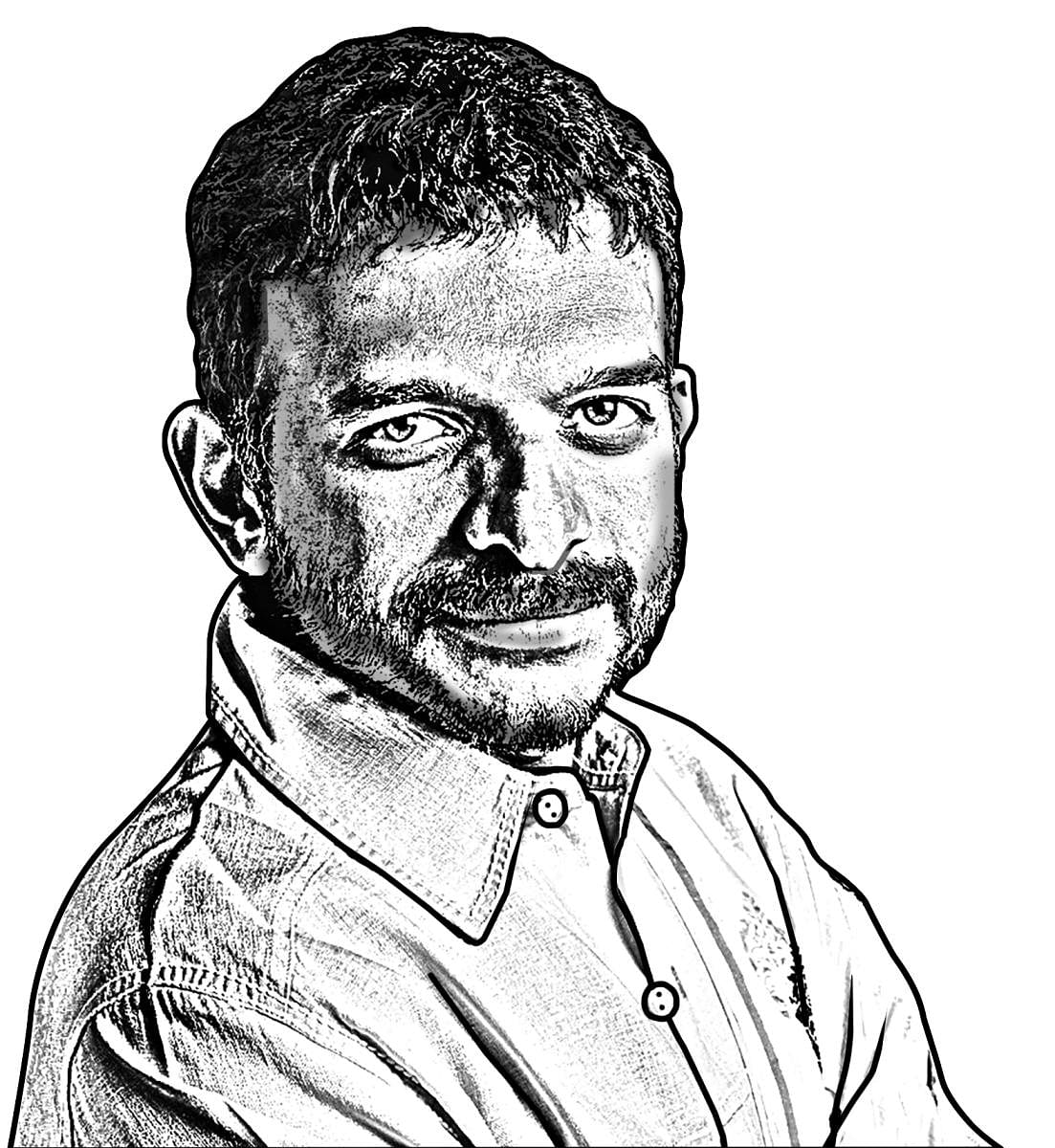
“Why should my son know anything about caste? It has nothing to do with him. He was born and brought up in the US.” An Indian-American parent posed this question to me. Momentarily startled, I was unsure how to respond. The Cisco case, the recent cancellation of Thenmozhi Soundararajan’s talk on caste at Google, and the writings of members of the Dalit community living in the US disprove this notion that is widely held among people with caste privilege living in the US. But, keeping that aside for a moment, let us investigate the background of this question.
The first problem we encounter when trying to address this assertion is that the individual does not recognise that they have lived in an insular environment in the US. The majority of those who have migrated and those that still do come from social privilege. Here, I am referring to privilege that comes from caste, culture and education; the three being inseparably bound together. Many may have grown up in lower middle-class homes, a point that is often made, but they still came from privilege. This understanding is often lacking.
The ability to imagine a future in another country is privilege. Discrimination strips individuals of their right to their own bodies and erases their mind. When this happens repeatedly over thousands of years, the future is only an extension of their oppressed present. Dalit children passing out of school are not thinking of enrolling themselves in the IITs, IIMs, Ashoka University or Jindal University. Harvard and Stanford do not even appear on their horizon. They are told that even going through high school is a huge step forward and going to college is to be considered a luxury. Their mind is focused on passing an exam and getting a job. The few that overcome this conditioning are exceptions. Hence, coming to America is indeed social privilege.
Having already lived in largely protected quarters in India, privileged Indians continue to live in isolated silos in the US. In India, they were forced to meet diverse Indians, be it on the street, in college or at the stores. In the US, they largely encounter and associate with Indians who are like themselves. This leads to the reconfirmation of the set of things they identify as Indian culture, Indianness, and also reaffirms long-held biases. Living in the US for years among people who are just like them leads to the convenient belief that the caste problem does not exist. Everyone is presumed to be from the same bandwidth of castes, unless something ‘stands out’. ‘Others’ are forced to adjust to this mainstreamed idea of being Indian because they want to fit in.
Another person of Indian origin argued that such a reasoning does not work because, having come from Tamil Nadu where caste was an important socio-political conversation, she came to the US with self-awareness. The anti-caste movement politicised people but, in the case of most savarnas, it moved them to the other side of politicisation -- where they believed that they were the victims, rather than the bearers, of that immense privilege.
Living in America generates other identity issues that allows caste to be pushed to the backburner. As a minority here, identities such as ‘South Asian’ and ‘Indian’ become very important, whether on college campuses, in the workplace, or in the political arena. When searching for this kind of critical mass, caste becomes a prickly issue. Instead of taking it on board, facing it upfront with self-reflection and working on inclusivity, Indians have been blind to its presence, perhaps wilfully, or chosen to ignore it.
I have seen young, privileged Indian-Americans participate in the Black Lives Matter (BLM) movement. The artists among them have put out videos and songs in solidarity. While all this is important, it is deeply problematic when they do not problematise their own participation. Coming from caste privilege infers the marginalisation and discrimination of many and the appropriation of others’ lives. Whether one does this intentionally or has unknowingly followed habitual practices is irrelevant because the benefits continue to accrue to them. These are not issues of the past; they exist today in every environment, including in America. Caste, race, colour, gender do not remain enclosed within political borders; human beings carry them along, wherever they go.
Young Indian-Americans need to know about caste because it is simply the right thing to do. This self-awareness will help them recalibrate their understanding of India. Respect for and equality among Indian cultural practices can emerge from this conscious action. Unlike what conservatives may say, understanding caste is not destruction of Indian culture. It is to understand it holistically. Like in all civilisations, here too, the beautiful and the ugly co-exist.
I have been travelling to the US since 1998, and much about Indians there has remained the same. But, over the past few years, there has been one noticeable shift. Some among the younger generation, who were born in the US, are proactively trying to comprehend and acknowledge their privilege. At times, they have also influenced their parents and educated them on their complicity. I am in admiration of both their personal transformation and sincere effort to make better people of their parents. It only goes to show that we have to listen and talk to everyone. As Sangeetha Sivakumar -- musician and my wife -- often tells me, “don’t write anybody off”.